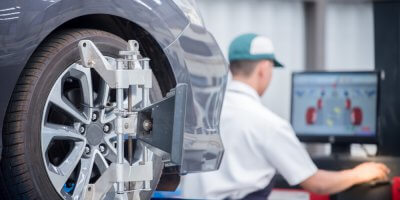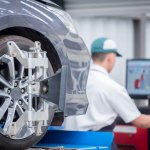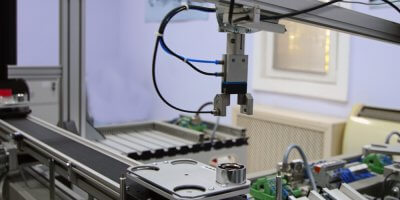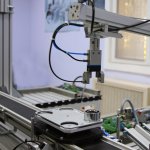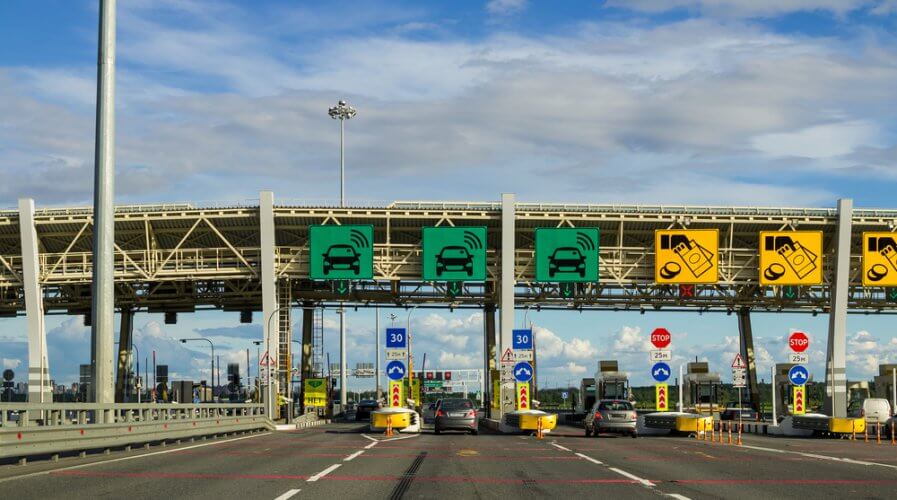
IoT will have a big impact on transportation. Source: Shutterstock
IDC forecasts who will spend the most on IoT this year
BUSINESSES are slowly realizing that the internet of things (IoT) not only has great potential but is also really simple to implement.
To their surprise, IoT can be quite affordable and can help gain access to new kinds of data, in real-time, that radically changes their engagement and interaction with customers.
“Adoption of IoT is happening across industries, in governments, and in consumers’ daily lives. We are increasingly observing how data generated by connected devices is helping businesses run more efficiently, gain insight into business processes, and make real-time decisions,” said IDC VP of IoT and Mobility Carrie MacGillivray.
According to IDC, worldwide spending on IoT is forecast to reach US$745 billion in 2019, an increase of 15.4 percent over the US$646 billion spent in 2018.
In fact, IDC expects worldwide IoT spending will maintain a double-digit annual growth rate throughout the 2017-2022 forecast period and surpass the US$1 trillion mark in 2022.
“The next chapter of IoT is just beginning as we see a shift from digitally enabling the physical to automating and augmenting the human experience with a connected world,” explained MacGillivray.
Analysts at IDC believe that discrete manufacturers (US$119 billion) and process manufacturers (US$78 billion), will spend the most on IoT this year, and that spending is likely to be focused on solutions that support manufacturing operations and production asset management.
Transportation (US$71 billion) too, is expected to spend a significant amount on IoT and IDC believes that the majority of the budget will come from those looking for freight monitoring and fleet management solutions.
Finally, utilities (US$61 billion) is expected to spend big on IoT in 2019. According to analysts, IoT spending in the utilities industry will be dominated by smart grids for electricity, gas, and water.
According to IDC, IoT services will be the largest technology category in 2019 with US$258 billion going toward traditional IT and installation services as well as non-traditional device and operational services.
IoT hardware is expected to see spends of up to US$250 billion led by more than US$200 billion in module/sensor purchases.
IoT software spending will total US$154 billion in 2019 and will see the fastest growth over the five-year forecast period with a CAGR of 16.6 percent.
Services spending will also grow faster than overall IoT spending with a CAGR of 14.2 percent. In fact, IoT connectivity spending is estimated to total US$83 billion in 2019.
According to IDC, following are the five nations that will spend the most on IoT this year:
- United States — US$194 billion
- China — US$182 billion
- Japan — US$65.4 billion
- Germany — US$35.5 billion
- Korea — US$25.7 billion
Although many experts feel that the arrival of 5G is what will democratize 5G, many businesses are realizing that they don’t need to wait for 5G to kick-start their IoT projects — especially in sectors such as manufacturing and utilities where bandwidth necessary to transmit data from sensors can be factored into the project’s design.
In the coming months, more and more companies are expected to make headlines with exciting and innovative IoT solutions that not only drive efficiencies but disrupt industries altogeter.
READ MORE
- Strategies for Democratizing GenAI
- The criticality of endpoint management in cybersecurity and operations
- Ethical AI: The renewed importance of safeguarding data and customer privacy in Generative AI applications
- How Japan balances AI-driven opportunities with cybersecurity needs
- Deploying SASE: Benchmarking your approach

